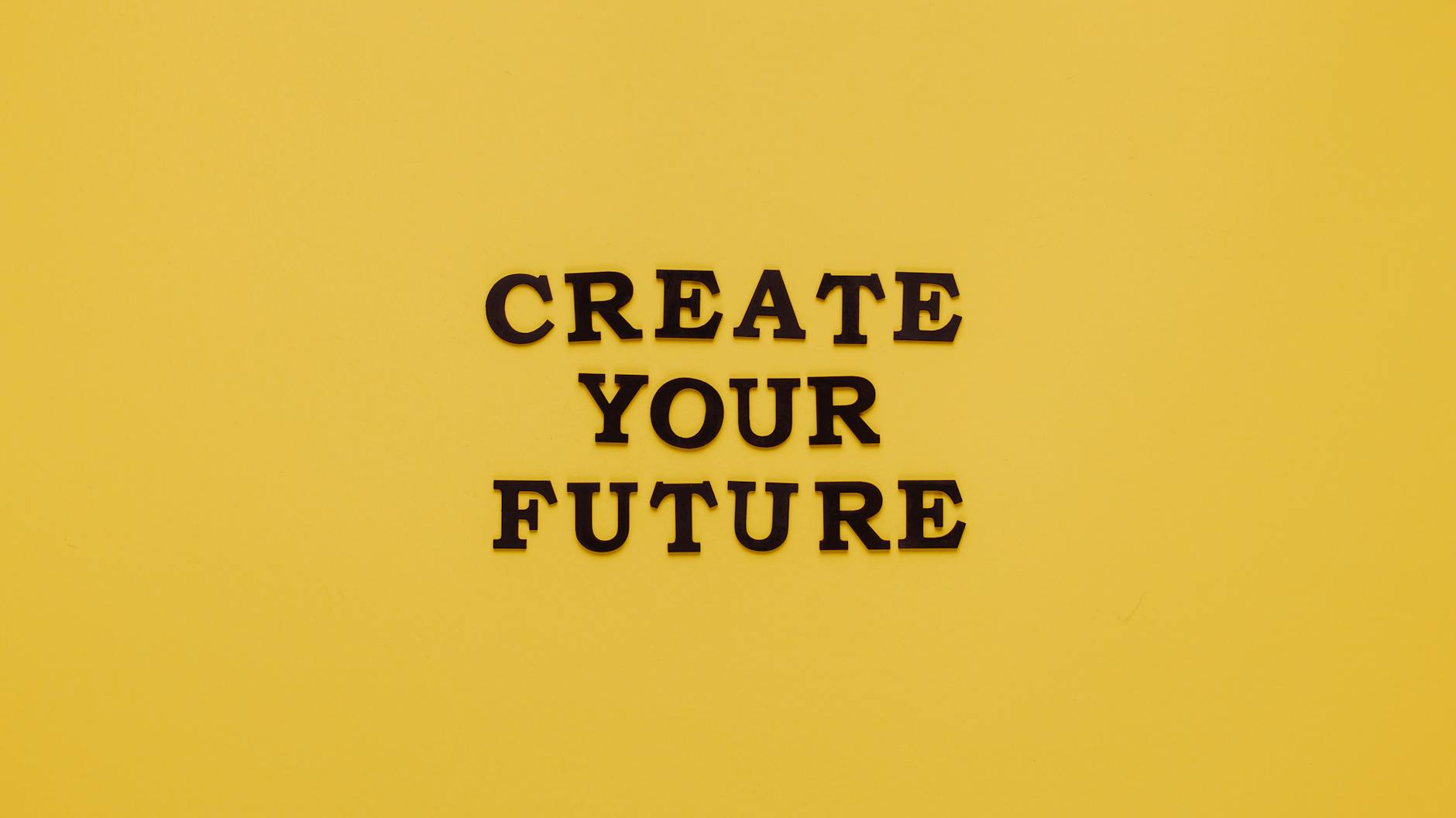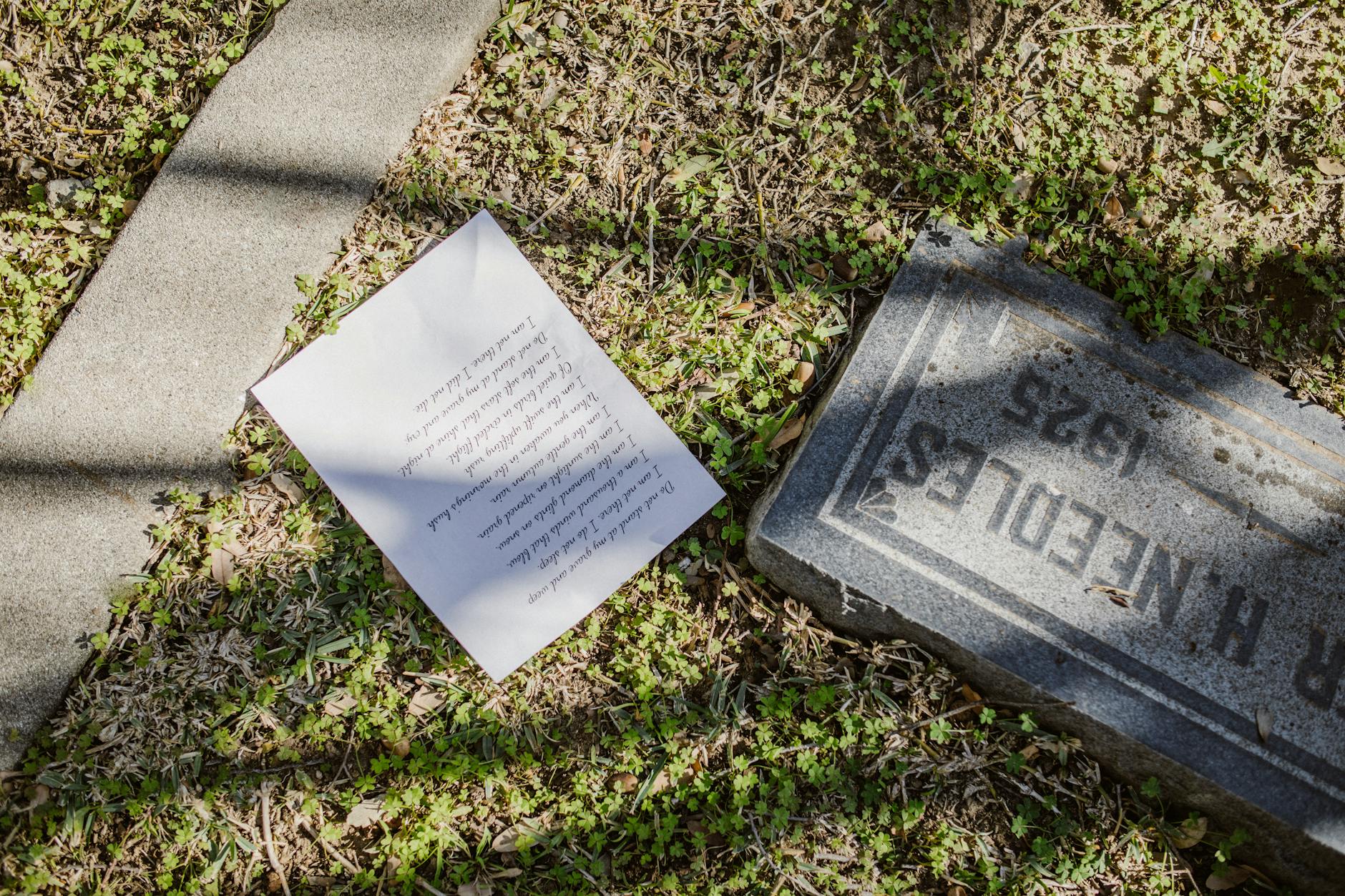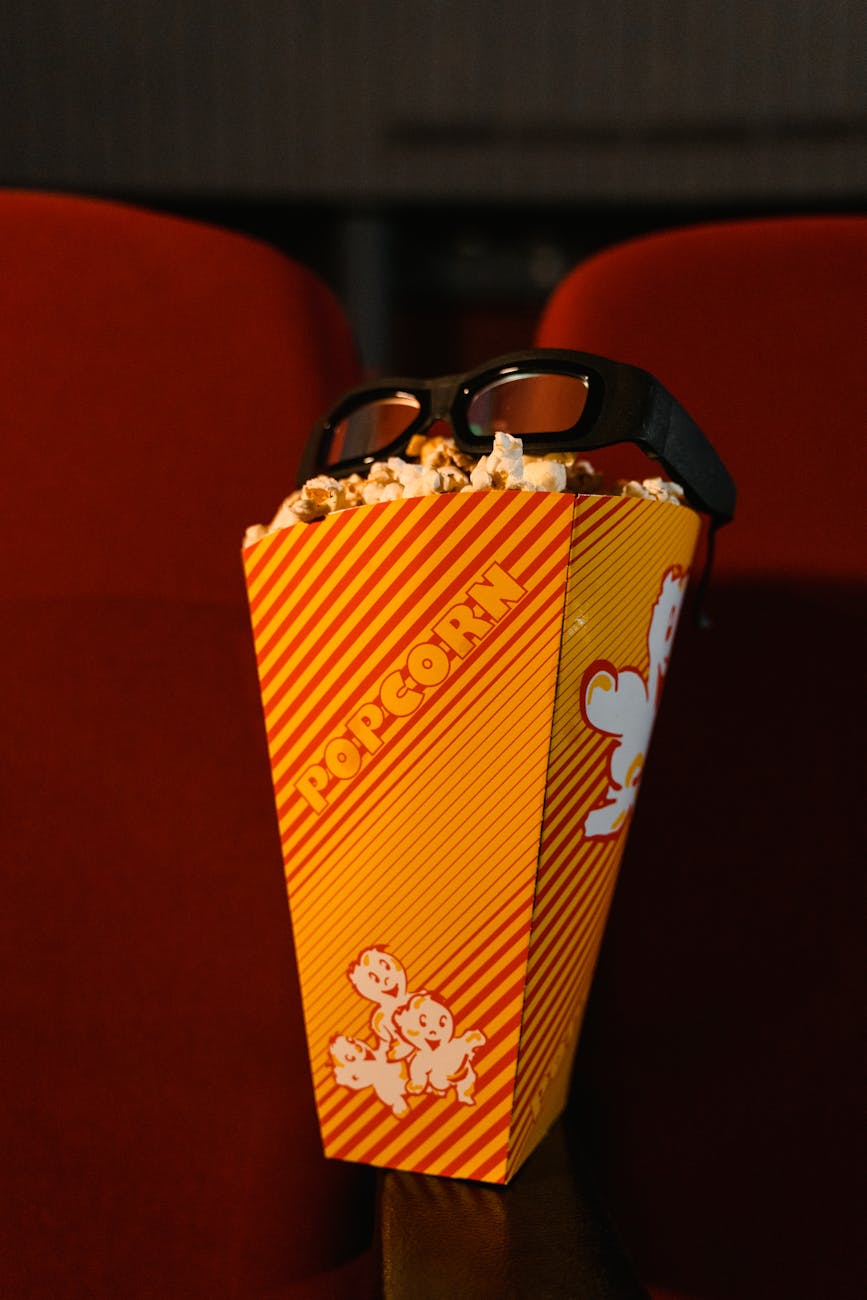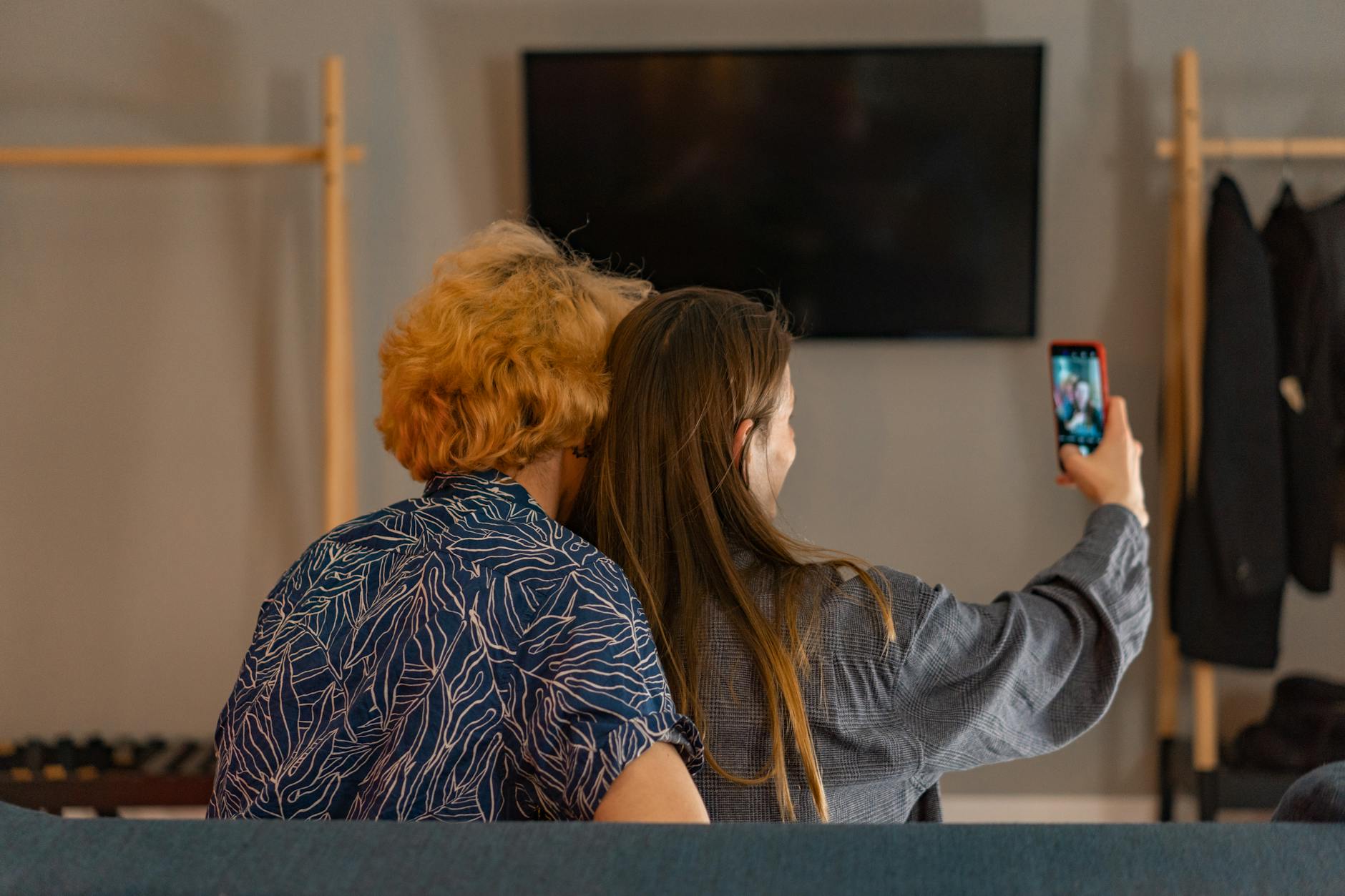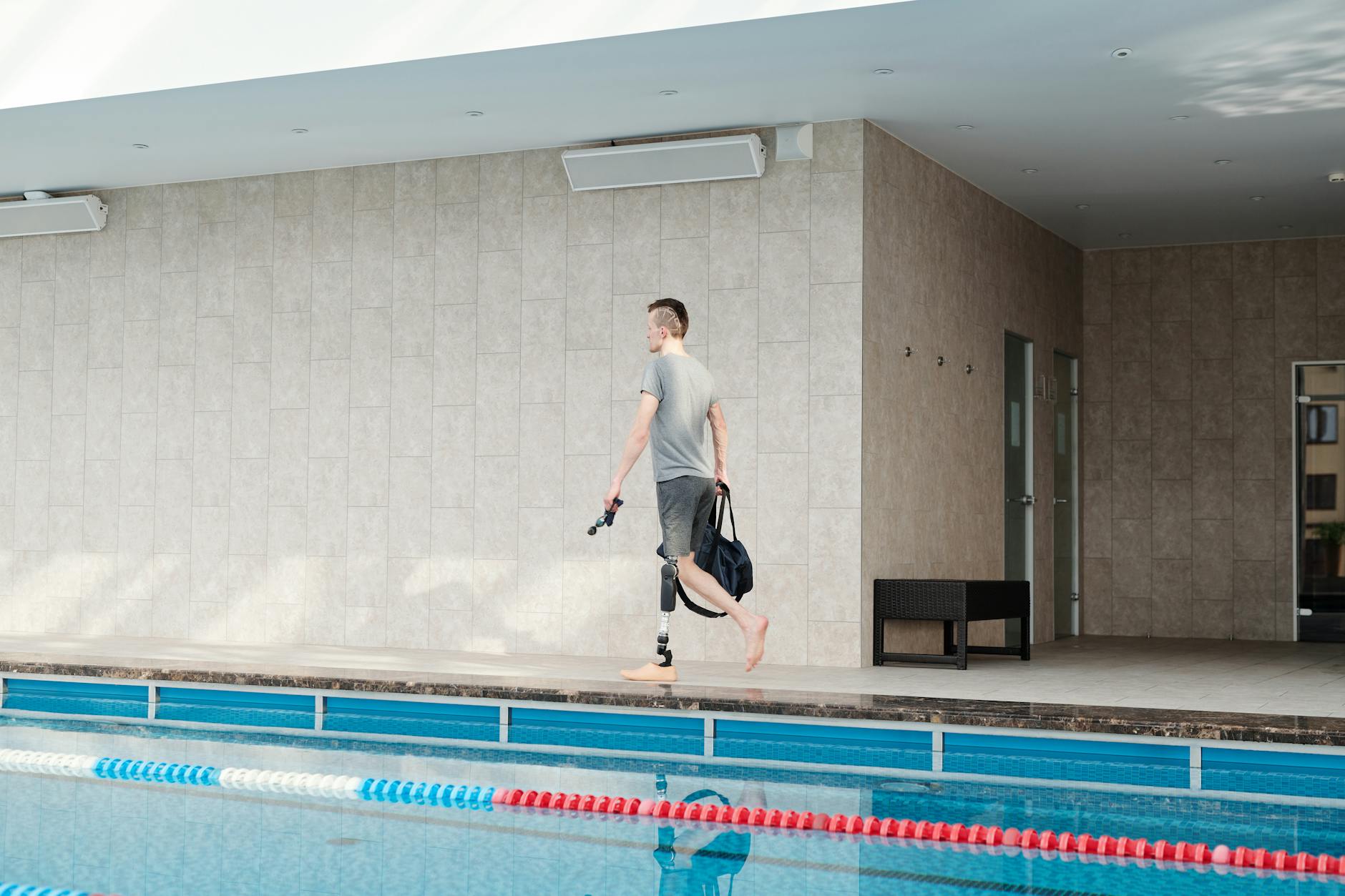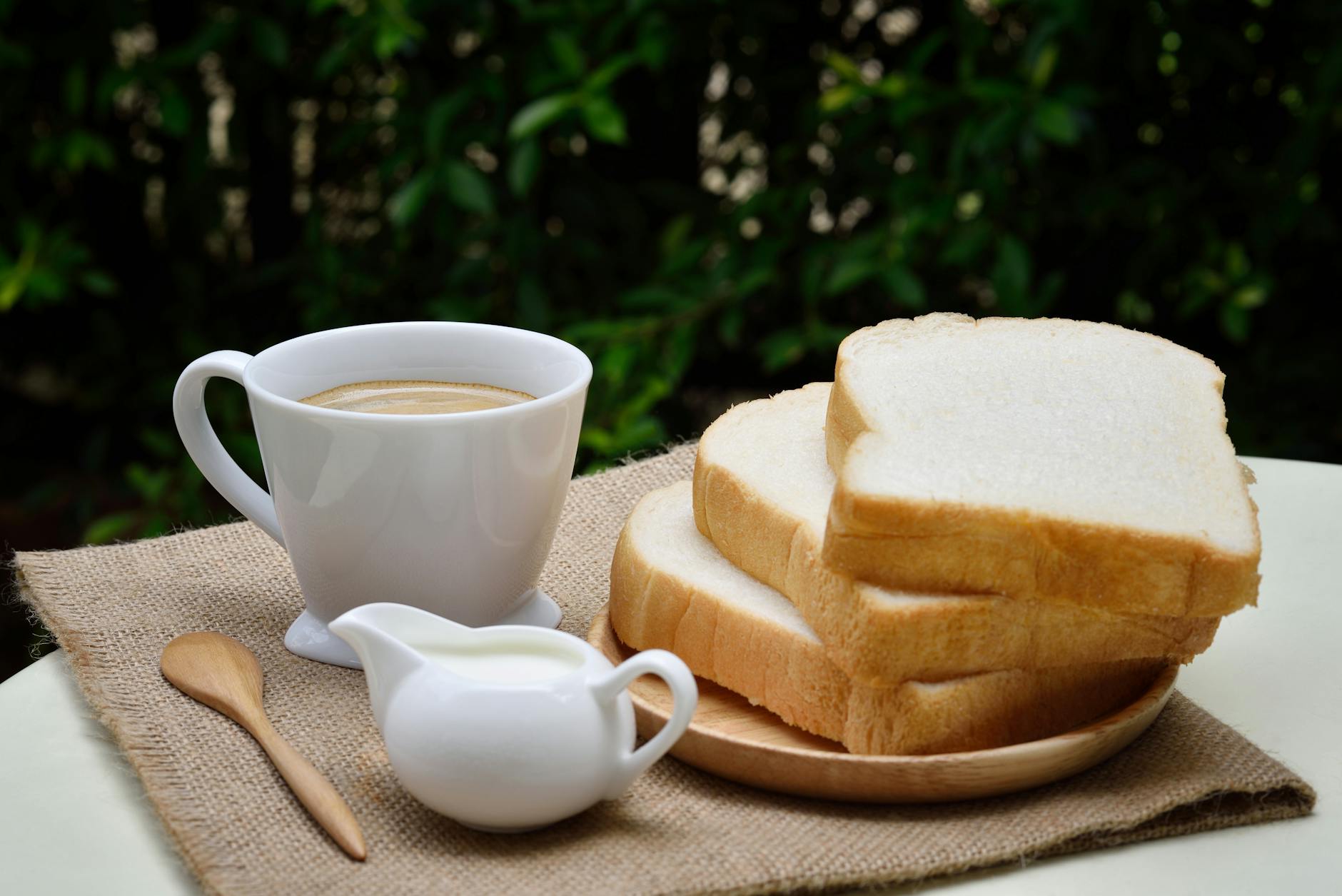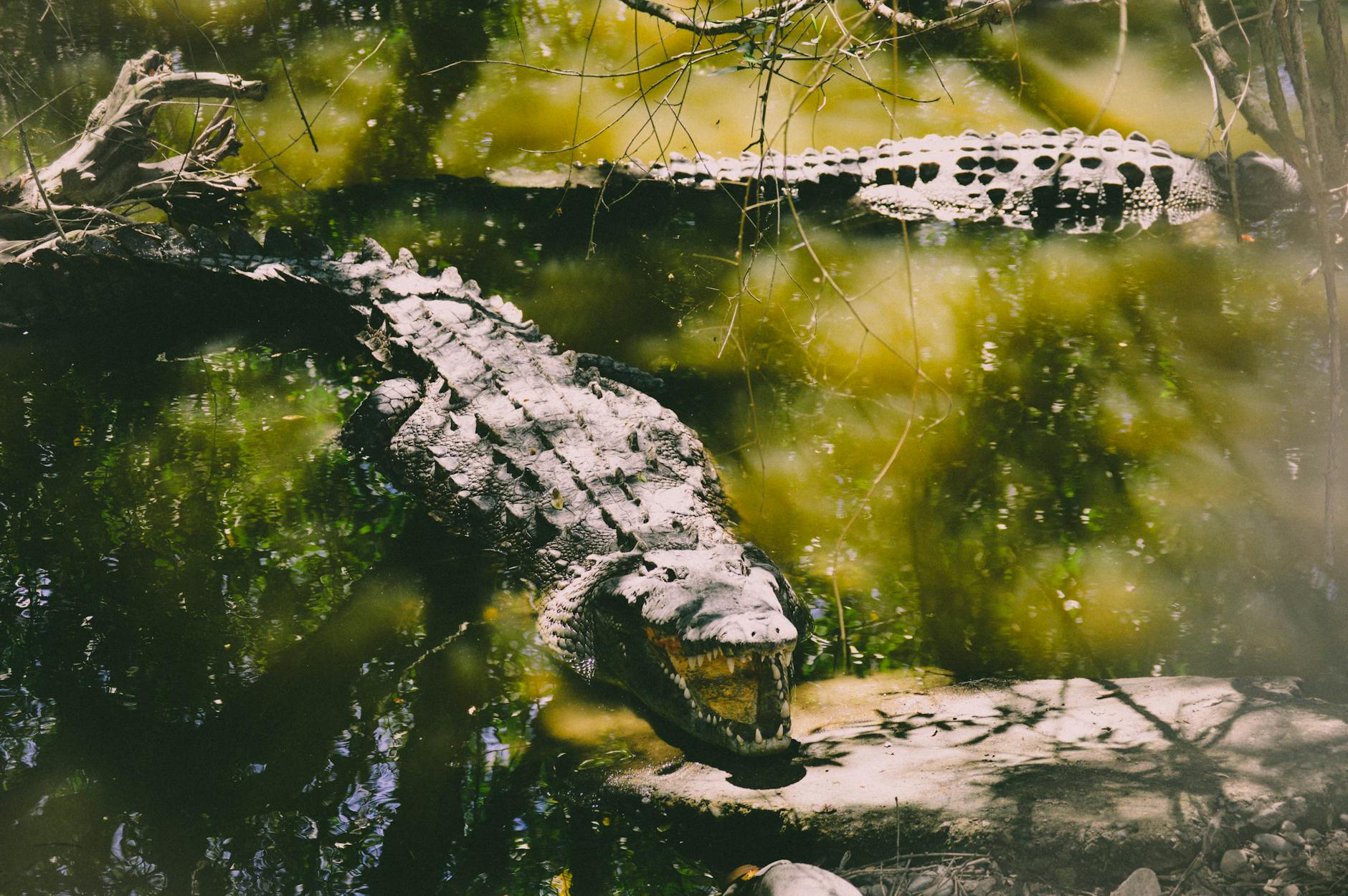Sharpen Your Senses: A Test of Observational Acuity
Can You Spot the Five Discrepancies in This Simulated Crime Scene?
In an increasingly complex world, the ability to notice subtle details can be more than just a parlor trick; it can be a critical skill. A recent challenge circulating online invites individuals to test their observational prowess by identifying five differences between two seemingly identical crime scene photographs. While framed as a test of “detective-level” skills, such exercises offer a tangible way to engage cognitive functions and appreciate the nuances that often escape casual glances.
The Nature of the Challenge
The core of this visual puzzle lies in its deceptive simplicity. Two images, presented side-by-side, depict a staged crime scene. At first impression, they appear to be exact duplicates. However, upon closer inspection, the observant eye will detect five deliberate alterations. These changes are often minor – a shifted object, a subtly altered detail, or a missing element – designed to test a viewer’s attention to detail and ability to process visual information systematically.
The exercise, as described by its proponents, is intended to be a form of mental stimulation, akin to a “de-stress” activity that also sharpens focus and patience. The satisfaction derived from successfully identifying these hidden discrepancies is often linked to a psychological reward, encouraging a deeper engagement with the task.
Beyond the Game: The Value of Keen Observation
While this particular challenge is presented in a lighthearted manner, the underlying skill it promotes is fundamental across various disciplines. In law enforcement and forensic science, the ability to meticulously examine evidence, spot anomalies, and recall minute details can be crucial in solving cases. Investigators rely on careful observation to reconstruct events, identify perpetrators, and ensure the accuracy of their findings.
Beyond the realm of crime, keen observation is vital in fields such as medicine, where doctors must detect subtle symptoms; in engineering, where flaws in design or construction need to be identified; and in scientific research, where unexpected results or minute variations can lead to significant discoveries. Even in everyday life, the capacity to notice what others miss can lead to enhanced understanding, better decision-making, and a richer appreciation of one’s surroundings.
This type of visual puzzle also highlights how our brains process information. Often, we rely on pattern recognition and prior assumptions, which can lead us to overlook inconsistencies. Actively engaging in exercises that require us to override these automatic processes can train our minds to be more deliberate and thorough in our observations.
Developing Observational Skills: Practical Approaches
For those interested in cultivating a more observant nature, there are several practical approaches beyond digital puzzles:
- Mindful Walking: Take a walk and consciously try to notice five things you’ve never paid attention to before – the texture of a leaf, the way light falls on a building, the subtle sounds of the environment.
- Detailed Description: Choose an object, a scene, or even a person and try to describe it in as much detail as possible, either verbally or in writing, without looking back at the subject after the initial observation.
- “Spot the Difference” in Real Life: Engage in similar observation tests with physical objects or environments. Compare two similar products in a store, or observe subtle changes in a familiar route.
- Active Listening: Observation isn’t just visual. Pay close attention to conversations, noting not just the words but the tone, body language, and unspoken cues.
The key is to engage actively and intentionally with the world around you. Rather than passively absorbing information, seek to actively decode and understand it. This practice can build mental habits that translate into improved performance in professional and personal spheres.
Potential Pitfalls and Considerations
It is important to approach such challenges with a balanced perspective. While they are excellent for cognitive exercise, equating success with being a “detective” might set unrealistic expectations. Professional investigation involves a complex interplay of skills, including deduction, critical thinking, interviewing, and understanding of legal procedures, which go far beyond simply spotting visual discrepancies.
Furthermore, the effectiveness of these puzzles in developing real-world observational skills can vary. They are designed to highlight specific, pre-determined differences. Real-world observation often involves identifying the unknown and assessing significance, which requires a broader skillset.
Key Takeaways for the Diligent Observer
- Visual puzzles can serve as an engaging tool for honing attention to detail.
- The skill of keen observation is transferable and valuable across numerous professions and daily activities.
- Developing observational abilities requires conscious practice and mindfulness in engaging with one’s environment.
- While beneficial for cognitive function, these exercises are a supplement to, rather than a replacement for, comprehensive professional skills.
Ultimately, the pursuit of sharper observation is a journey of continuous learning and engagement with the world. By actively seeking out details and practicing mindful perception, individuals can enhance their cognitive abilities and gain a more profound understanding of their surroundings.

